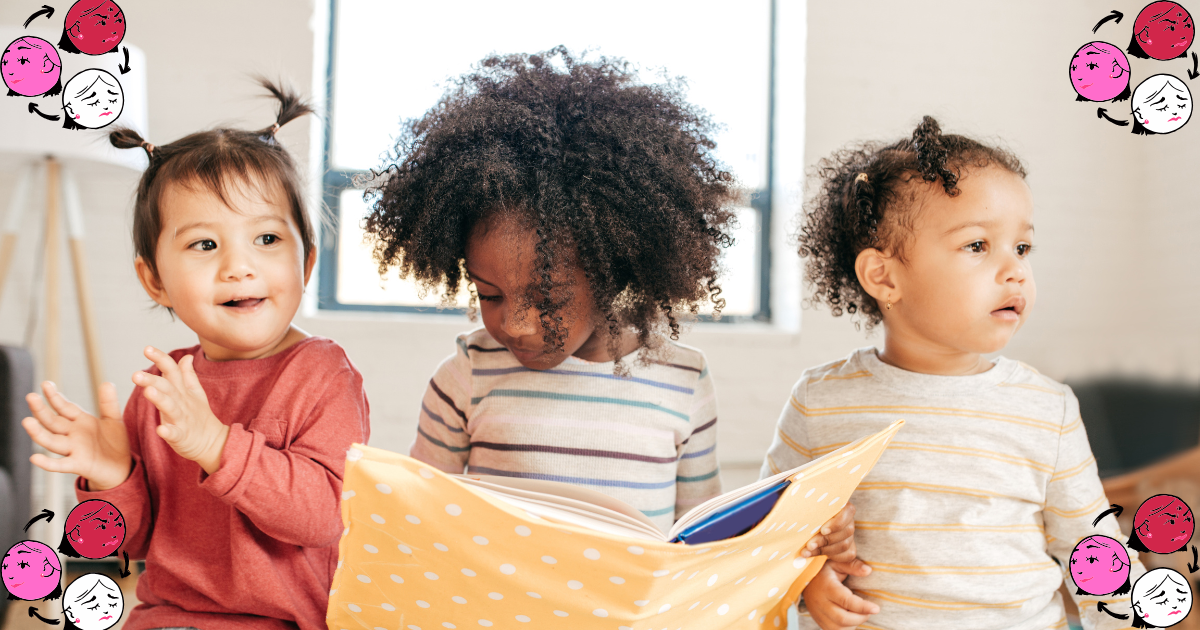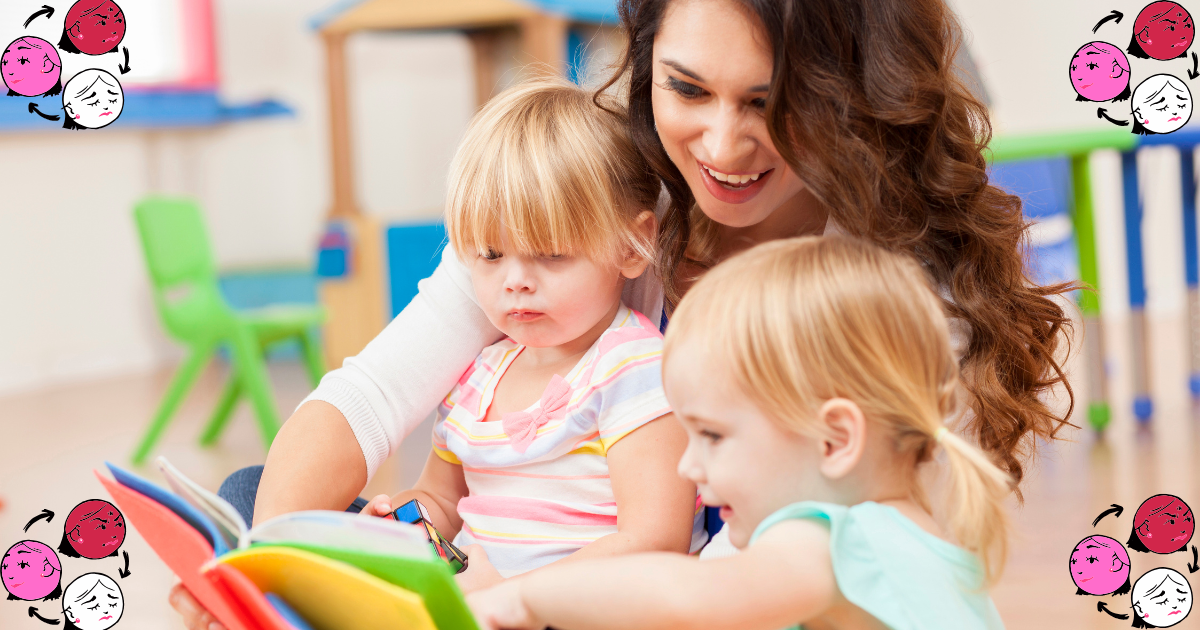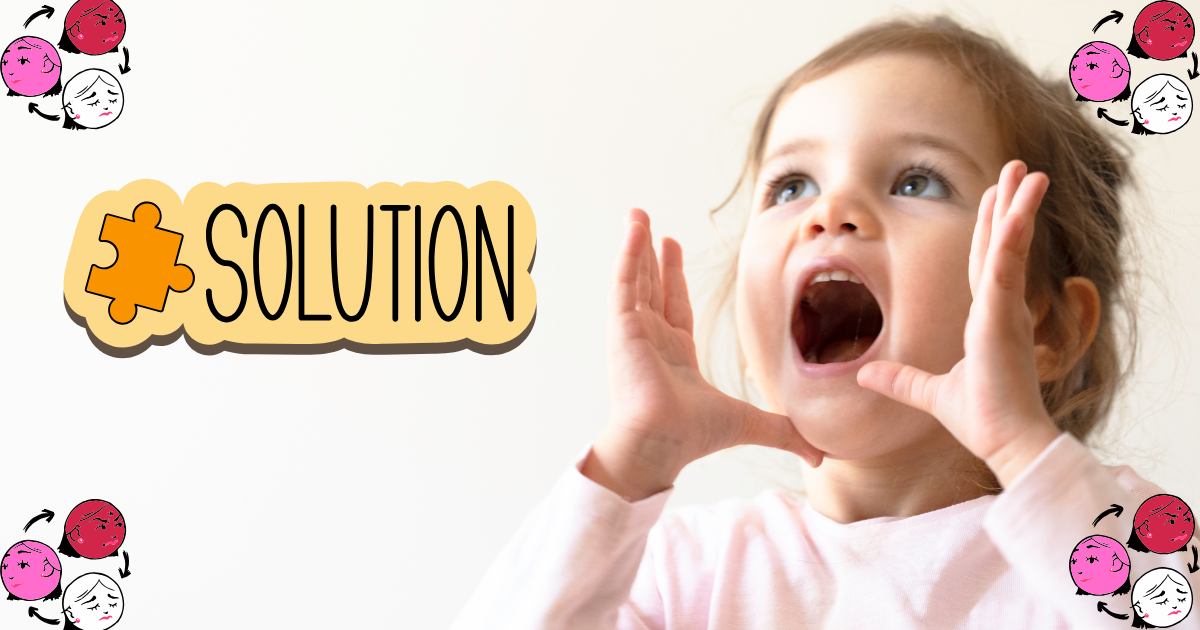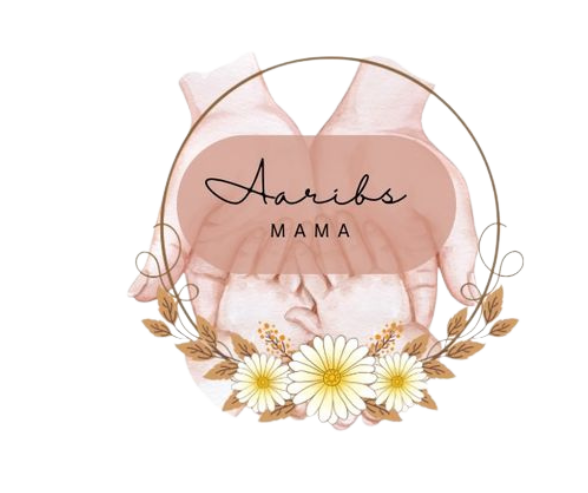
Teach Toddlers How to Handle Heartbreak, in some form or another, is an inevitable experience. For toddlers, this heartbreak might not resemble adult scenarios, but it’s just as real to their little hearts. It could be as simple as a favorite toy breaking, missing a special friend, or experiencing their first disappointment. These moments are formative, and teaching toddlers how to process and handle such emotions in a healthy way is crucial. Below, we outline five effective ways to guide toddlers in navigating the concept of heartbreak.
1. Acknowledge Their Feelings Without Dismissal

For toddlers, the emotions they feel are big and overwhelming. The first step in helping them handle heartbreak is recognizing and validating their emotions. Avoid dismissing their feelings with phrases like “It’s not a big deal” or “You’ll be fine.” For toddlers, the loss or disappointment they experience is a big deal, and minimizing their emotions can confuse or invalidate their experience.
Instead, encourage open expression by acknowledging what they’re feeling. Statements such as:
- “I can see that you’re feeling really sad about losing your toy.”
- “It seems like saying goodbye to your friend made you upset.”
This approach helps your child understand that what they’re feeling is normal and okay. Recognizing their emotions creates a safe space for them to express themselves. This is an essential life skill they will carry forward as they grow older.
2. Help Them Name and Understand Their Emotions

One of the most important lessons for toddlers is learning to identify and label their emotions. At their age, they may struggle to articulate what they are feeling. If they’re crying or visibly upset, they may not yet have the words to explain why. By helping them name their emotions, you equip them with the tools to process their heartbreak.
For example:
- “You’re crying because you feel disappointed that we had to leave the park early.”
- “I think maybe you’re feeling frustrated because your block tower fell over.”
Once toddlers can name their emotions, they can better understand that these feelings are temporary. You may also introduce emotional vocabulary through age-appropriate books that address feelings. Stories with relatable characters facing emotional challenges can provide comfort and teach valuable lessons about resilience in a language toddlers can easily understand.
3. Introduce Healthy Coping Techniques
Toddlers may not immediately understand how to handle their emotions, so introducing healthy coping techniques is key. By teaching them practical strategies early on, they’ll learn appropriate ways to manage their heartbreak and develop emotional resilience.
Here are some coping techniques you can introduce:
- Deep Breathing
Help your toddler practice taking deep breaths when they feel upset. Encourage them to “blow out the candles on a pretend cake” by inhaling deeply through the nose and exhaling slowly through the mouth.
- Art as an Outlet
Provide crayons, markers, or safe art supplies to help them express their feelings through drawing. This can be a soothing and creative way to work through emotions.
- Comfort Items
Suggest holding a comforting item like a favorite stuffed animal or blanket. Such items can provide a sense of security during emotional moments.
These practices won’t eliminate heartbreak, but they will help your toddler understand that there are ways to begin feeling better.
4. Show Them How to Problem-Solve

Not all heartbreaks can or should be immediately solved, but toddlers can benefit from learning age-appropriate problem-solving skills. When a situation arises that leads to disappointment or sadness, involve them in figuring out possible solutions.
For instance:
- If a toy breaks, guide them through what might happen next. Ask questions like, “What can we do about your toy being broken? Should we see if we can fix it or find another toy to play with?”
By exploring options together, toddlers start to understand that challenges are a natural part of life and can often be worked through. It also teaches them the value of persistence and creativity when resolving problems.
However, in some cases, it’s essential to emphasize that certain heartbreaks don’t have immediate solutions, and it’s okay to feel sad. This helps toddlers build emotional strength and learn to accept challenges they cannot change.
5. Lead by Example

Teach Toddlers How to Handle Heartbreak, Children, especially toddlers, learn by observing the adults around them. They absorb behaviors, attitudes, and ways of reacting to the world. Modeling healthy emotional processing sets a strong foundation for them to mimic.
For instance:
- If you’re feeling upset, verbalize it in a way that is developmentally appropriate. You might say, “I feel really sad because I accidentally spilled my coffee. I’m going to take a minute to clean it up. I’ll feel better once it’s done.”
This kind of transparency shows toddlers that it’s okay to feel negative emotions and that it’s possible to process those feelings constructively. By seeing you face challenges with calmness and resilience, they will start to mirror this behavior in their own heartbreaks.
At the same time, make it a habit to celebrate moments of resilience. If your toddler successfully manages a heartbreak, praise their emotional strength. For example:
- “I’m really proud of you for staying calm even though you were sad about leaving the park. You took some deep breaths and felt a bit better.”
Teach Toddlers How to Handle Heartbreak via Positive reinforcement builds confidence and encourages them to rely on effective strategies in future challenges.
Final Thoughts
Teaching toddlers how to handle heartbreak isn’t about shielding them from every disappointment. Rather, it’s about equipping them with skills and emotional tools to face life’s inevitable challenges. By acknowledging their feelings, helping them articulate their emotions, introducing coping techniques, encouraging problem-solving, and leading by example, you can provide a strong foundation for emotional resilience.
Remember, your calm and supportive presence as a parent or caregiver is their greatest source of comfort and learning. Every disappointment is also an opportunity to teach important lessons about growth, compassion, and self-understanding.
Start fostering a sense of resilience and openness today, and watch your toddler build emotional strength that will serve them well for years to come.



